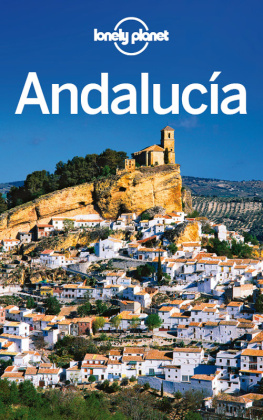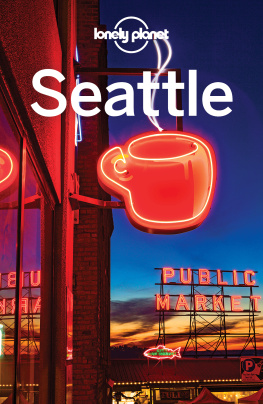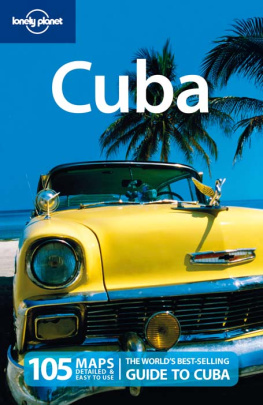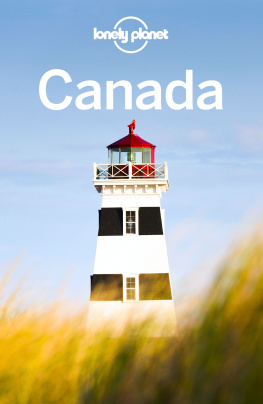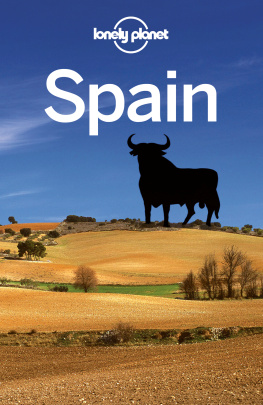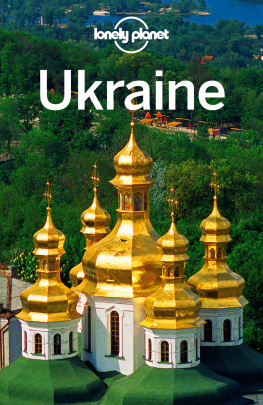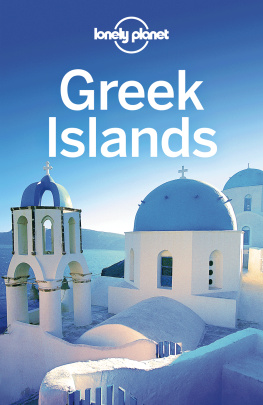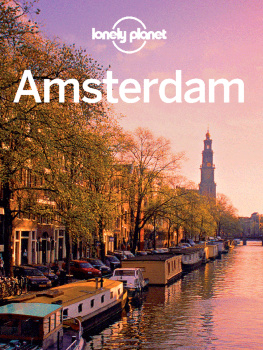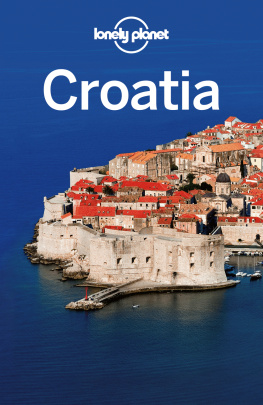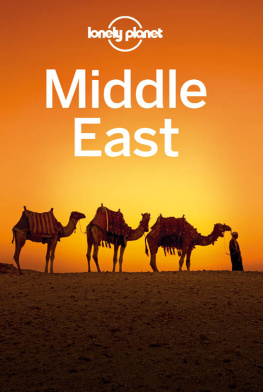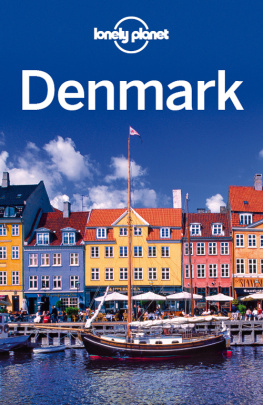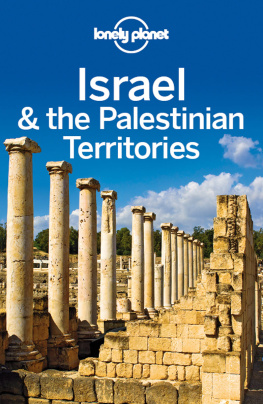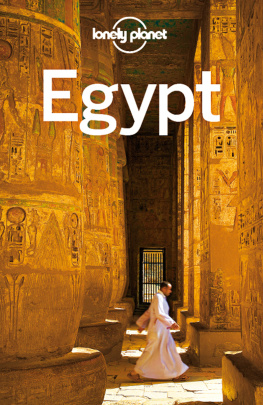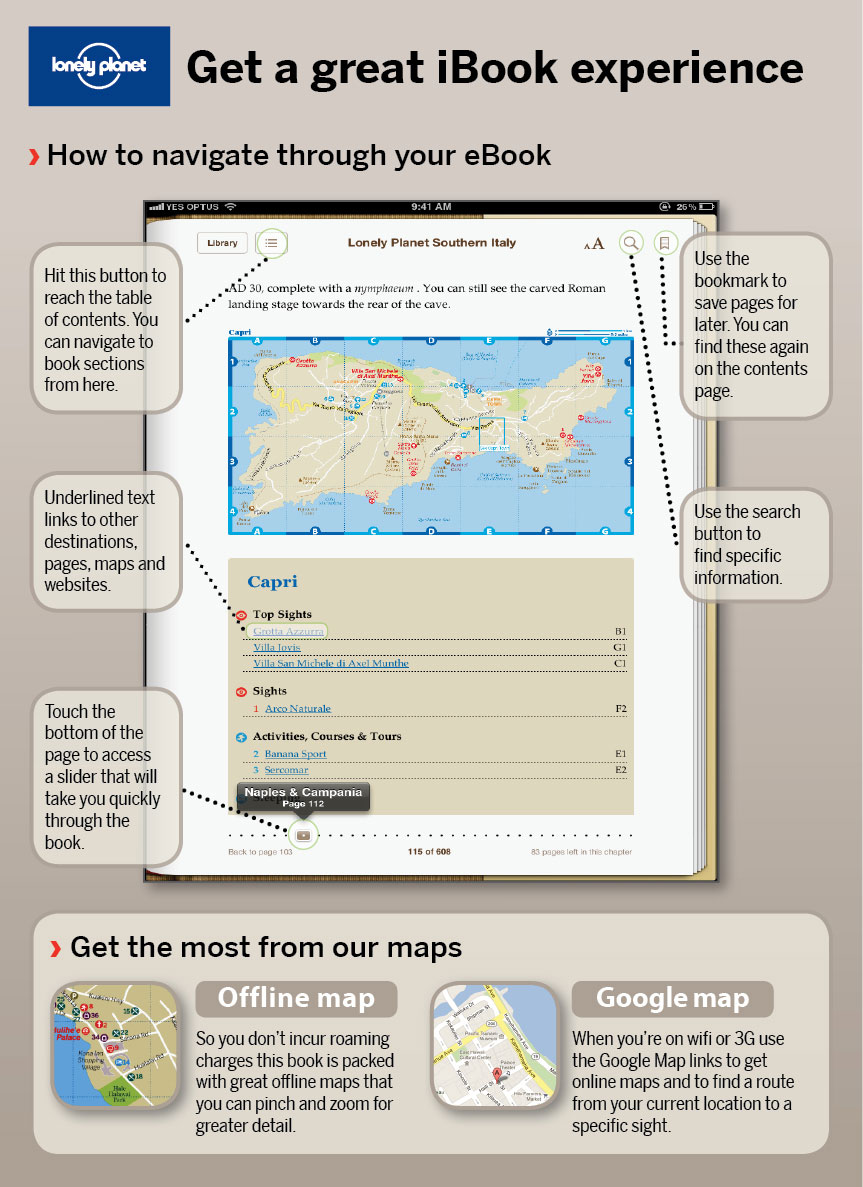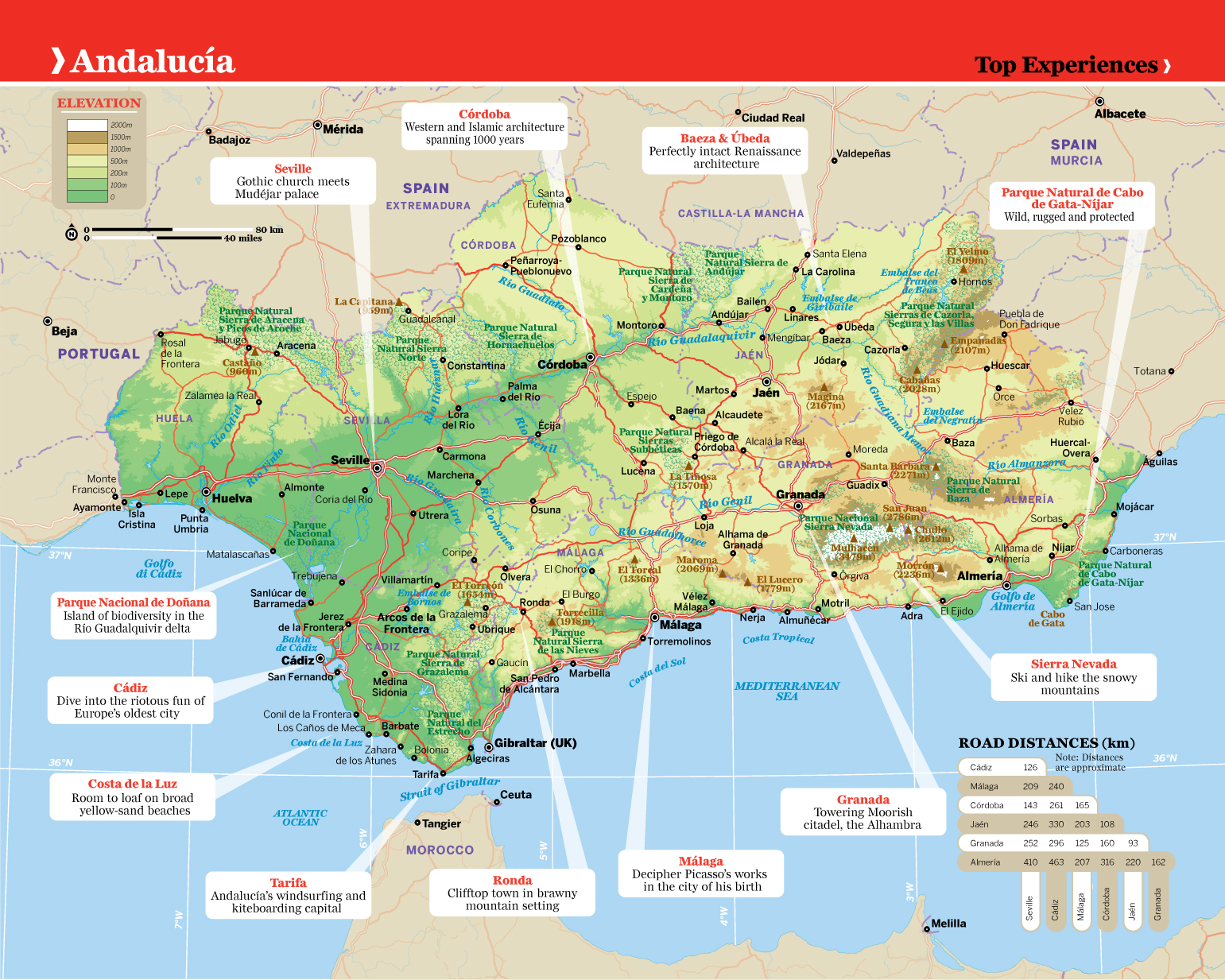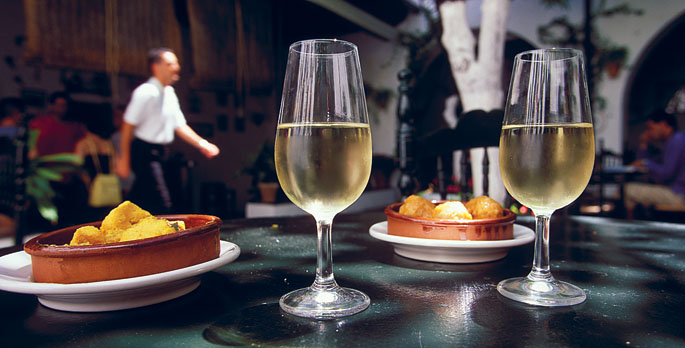GETTING THE MOST OUT OF LONELY PLANET MAPS
E-reader devices vary in their ability to show our maps. To get the most out of the maps in this guide, use the zoom function on your device. Or, visit http://media.lonelyplanet.com/ebookmaps and grab a PDF download or print out all the maps in this guide.
welcome to
Andaluca
The smell of orange blossom, the lilt of a flamenco guitar, the flash of the matadors cape; memories of Andaluca stay with you like collected souvenirs, begging you to return
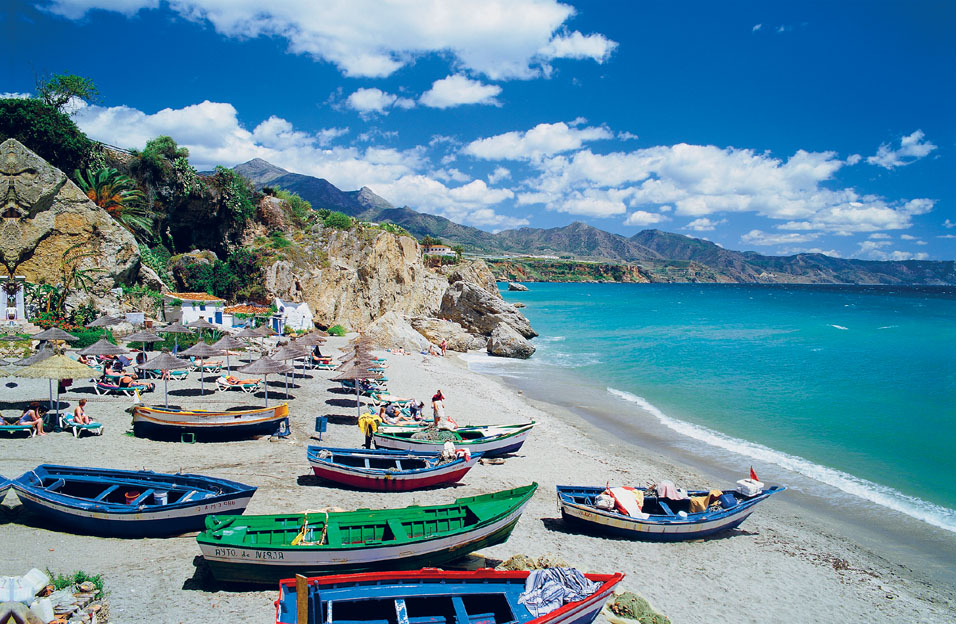
Balcn de Europa beach, Nerja (), Mlaga province
GIOVANNI SIMEONE / 4CORNERS
Land of Many Mysteries
Andaluca has multiple faces: a parched region fertile with culture, a conquered land that went on to conquer, a fiercely traditional place that has accepted rapid modernisation. Here, in the cradle of quintessential Spain, the questions are often as intriguing as the answers. Who first concocted flamenco? How did tapas become a national obsession? Could Cdiz be Europes oldest settlement? Are those really Christopher Columbus bones inside Sevilles cathedral? And, where on earth did the audacious builders of the Alhambra get their divine inspiration from? Putting together the missing pieces of the puzzle is what makes travel in Andaluca the glorious adventure it is, a never-ending mystery trail that will deposit you in places where you can peel off the checkered history in dusty layers. Theres edgy Granada, arty Mlaga, vivacious Seville, sleepy Setenil de las Bodegas, rugged Ronda, brassy Marbella, and even a rocky rump of the British Empire named after an erstwhile Berber warlord called Tariq.
A Cultural Marinade
The fascination of Andaluca springs from its peculiar history, Christianity and Islam. For centuries the region stood on the porous frontier between two different faiths and ideologies. Left to slowly ferment like a barrel of the bone dry local sherry, these sometimes peaceful, sometimes battling kingdoms threw up a slew of esoteric cultural colossi: ancient mosques masquerading as churches, vast palace complexes strafed with stucco, a passionate musical genre bizarrely called flamenco, and a chain of lofty white towns that still dominates the arid, craggy landscape. This visually and viscerally compelling legacy can be found all over the region in places such as Crdobas Mezquita, Jerez music venues and the hilltop settlements of Cdiz province.
Beyond the Coast
It takes more than a few ugly Costa del Sol condo towers to steamroller 3000 years of illustrious history. Indeed, large tracts of Andalucas coast remain relatively unblemished, while inland, youll stumble into sun-bleached white villages where life doesnt seem to have changed much since playwright Federico Lorca envisioned Bodas de Sangre (Blood Wedding). The local bar is where it all happens. The noisy farmers in flat caps playing dominoes, the faded photo of a long dead flamenco singer taped clumsily to the wall, the ruined Moorish castle winking through the open doorway, and those ubiquitous Andalucian aromas lemon trees, church incense, frying garlic that work on your senses, making you wonder that just perhaps, in a previous life, you were Andalucian too.

Tapas bar in Sanlcar de Barrameda (), Cdiz province
STEFANO CELLAI / 4CORNERS
Alhambra
What is there to say? If the Nasrid builders of the Alhambra () proved one thing, it was that given the right blend of talent and foresight art and architecture can speak far more eloquently than words. Perched on a hill with the snow-dusted Sierra Nevada as a backdrop, Granadas towering Moorish citadel has been rendering visitors speechless for nigh on 1000 years. The reason: a harmonious architectural balance between humankind and the natural environment. Fear not the dense crowds and the snaking queues; this is an essential pilgrimage.
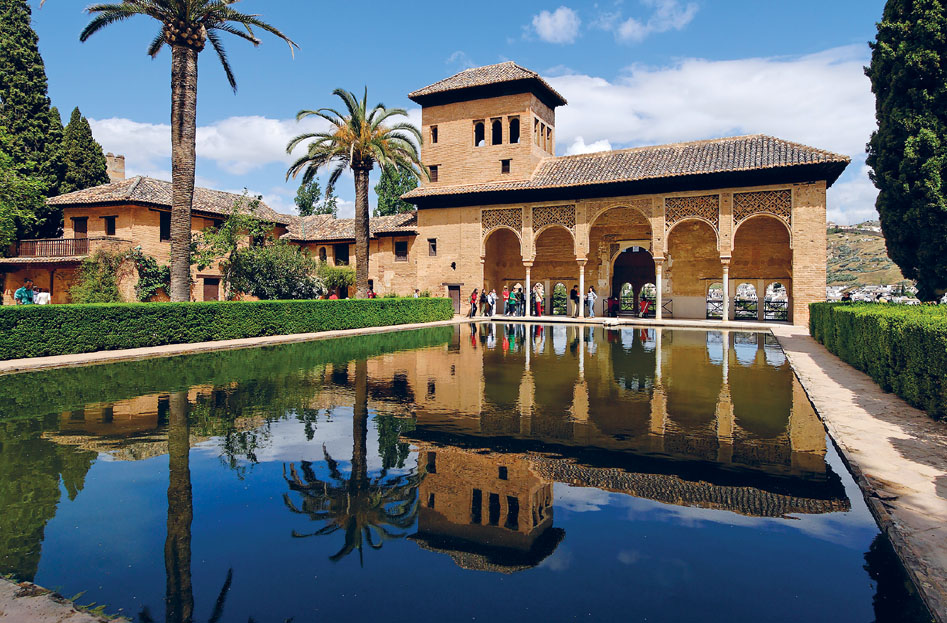
DR. WILFRIED BAHNMLLER / IMAGEBROKER
Sevilles Cathedral & Alczar
The 13th-century builders of Sevilles cathedral (), still a palace for the Spanish Royals and an identikit of Mudjar architecture. The two buildings sit side by side across from the Plaza del Triunfo in ironic juxtaposition.
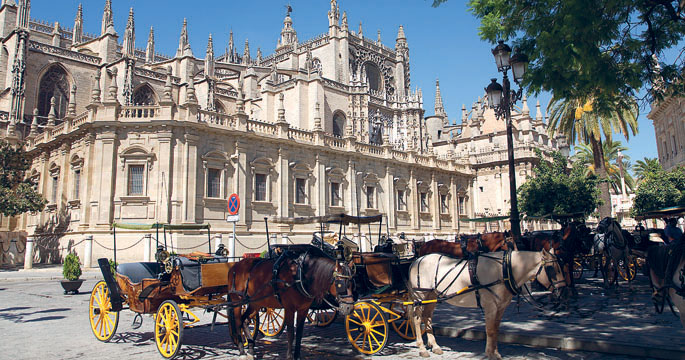
MONICA GUMM / IMAGEBROKER
Ronda
For Ronda (), read rugged. First, theres the brawny mountain setting in the Serrana de Ronda where the town sits atop sheer cliffs. Second, theres the embattled history infested with bandits, smugglers, warriors and rebels. Third, theres the local penchant for bullfighting Spains modern bullfighting tradition was carved out here by the hard-bitten Romero and Ordez families. And fourth, there are the famous artistic connections with self-styled rugged Hollywood types, namely Ernest Hemingway and Orson Welles. Dust off your mountain boots and pay it a visit.
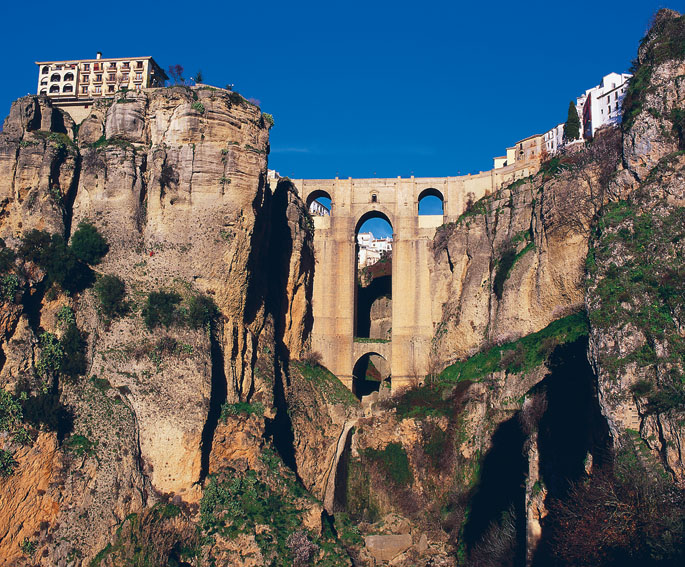
DAVID C TOMLINSON / GETTY IMAGES
Crdobas Mezquita
A church that became a mosque before reverting to a church, Crdobas Mezquita () charts the evolution of Western and Islamic architecture over a 1000-year trajectory. Its most innovative features include some early horseshoe arches, an intricate mihrab (prayer niche), and a veri-table forest of 856 columns, many of them recycled from Roman ruins. The sheer scale of the Mezquita reflects Crdobas erstwhile power as the most cultured city in 10th-century Europe. It was also inspiration for even greater buildings to come, most notably in Seville and Granada.
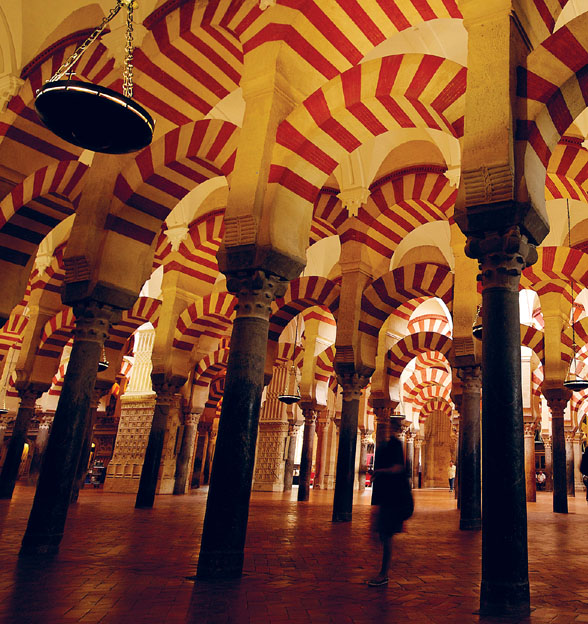
OLIVER STREWE / GETTY IMAGES
Sherry Tasting
A very Spanish product made for very British tastes, sherry is often considered a drink for mildly inebriated English grannies sitting down to discuss blue rinses before Sunday lunch. But wine-lovers can dig deeper. Here in the sun-dappled vineyards of Cdiz province, fortified white wine has been produced since Phoenician times and enjoyed by everyone from Christopher Columbus to Francis Drake. To get a sniff of its oaky essence, head to the historic sherry triangle towns of Jerez de la Frontera ().

